 ... peculiar relations among the periodic times of the planets, which do not compensate each other till after one, or even till after many revolutions of both bodies. A periodical inequality of this kind in the motions of Jupiter and Saturn, has a period... ... peculiar relations among the periodic times of the planets, which do not compensate each other till after one, or even till after many revolutions of both bodies. A periodical inequality of this kind in the motions of Jupiter and Saturn, has a period...  An Elementary Treatise on Astronomy. ... - Page xlby Robert Woodhouse - 1818 - 487 pagesFull view An Elementary Treatise on Astronomy. ... - Page xlby Robert Woodhouse - 1818 - 487 pagesFull view - About this book
 | William Whewell - 1832 - 286 pages
...velocity as 1 — c : 1 . The motion of the apse of the orbit of a satellite, so far as it depends on the part of the disturbing force which acts in the direction of the radius PT, may be calculated by finding the mean value of this disturbing force (which we shall do hereafter)... | |
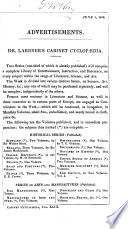 | sir John Frederick W. Herschel (1st bart.) - 1833 - 500 pages
...explained by Newton from his theory of gravitation. (554.) We come now to consider the effects of that part of the disturbing force which acts in the direction of the radius vector, and tends to alter the law of gravity, and therefore to derange, in a more direct and sensible... | |
 | Sir John Frederick William Herschel - 1833 - 444 pages
...explained by Newton from his theory of gravitation. (554.) We come now to consider the effects of that part of the disturbing force which acts in the direction of the radius vector, and tends to alter the law of gravity, and therefore to derange, in a more direct and sensible... | |
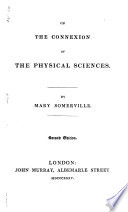 | Mary Somerville - 1835 - 532 pages
...the motions of Jupiter and Saturn, has a period of no less than 918 years. The radial force, or that part of the disturbing force which acts in the direction of the line joining the centres of the sun and disturbed planet, has no effect on the areas, but is the cause... | |
 | Augustus Young - 1846 - 304 pages
...has given a method of computing the mean motion of the moon's apogee, by first considering only that part of the disturbing force which acts in the direction of the radius ; and then instead of supposing the earth to be at rest, by conceiving the earth and moon to revolve... | |
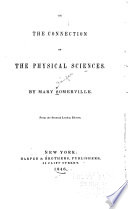 | Mary Somerville - 1846 - 496 pages
...the motions of Jupiter and Saturn, has a period of no less than 918 years. The radial force, or that part of the disturbing force which acts in the direction of the line joining the centers of the sun and disturbed planet, has no effect on the areas, but is the cause... | |
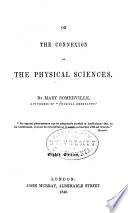 | Mary Somerville - 1849 - 568 pages
...the motions of Jupiter and Saturn has a period of no less than 918 years. The radial force, or that part of the disturbing force which acts in the direction of the line joining the centres of the sun and disturbed planet, has no effect on the areas, but is the cause... | |
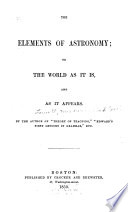 | Anna Cabot Lowell - 1850 - 412 pages
...motions of Jupiter and Saturn, has a period of no less than 918 years. § 375. The radial force, or that part of the disturbing force which. acts in the direction of the line joining the centres of the sun and disturbed planet, has no effect on the areas, but is the cause... | |
 | Robert Grant - 1852 - 686 pages
...upon the disturbing force. (47.) The progressive movement of the line of apsides is mainly due to the part of the disturbing force which acts in the direction of the radius rector. For, in the first place, the tangential force vanishes altogether at the point of conjunction,... | |
 | Alexander Henry - 1861 - 226 pages
...outer bone of the forearm ; in astronomy, applied, in the theory of variable orbits, to that component part of the disturbing force which acts in the direction of the radius vector. Ea'diant (Lat. ra'dius, a ray). Sending out rays, as from a centre. Ba,lia'ta (Lat. ra'dius,... | |
| |